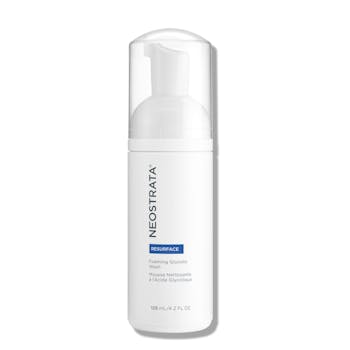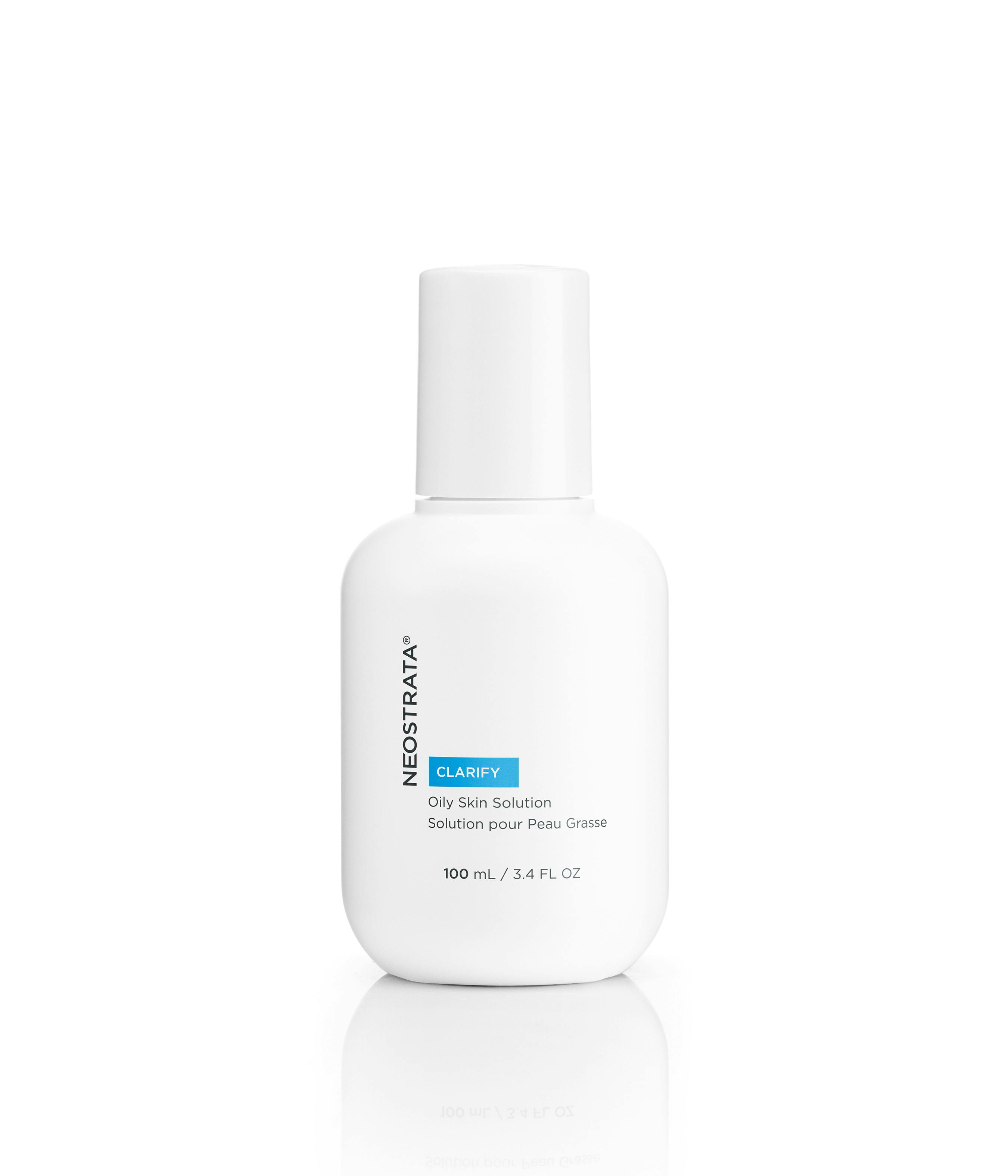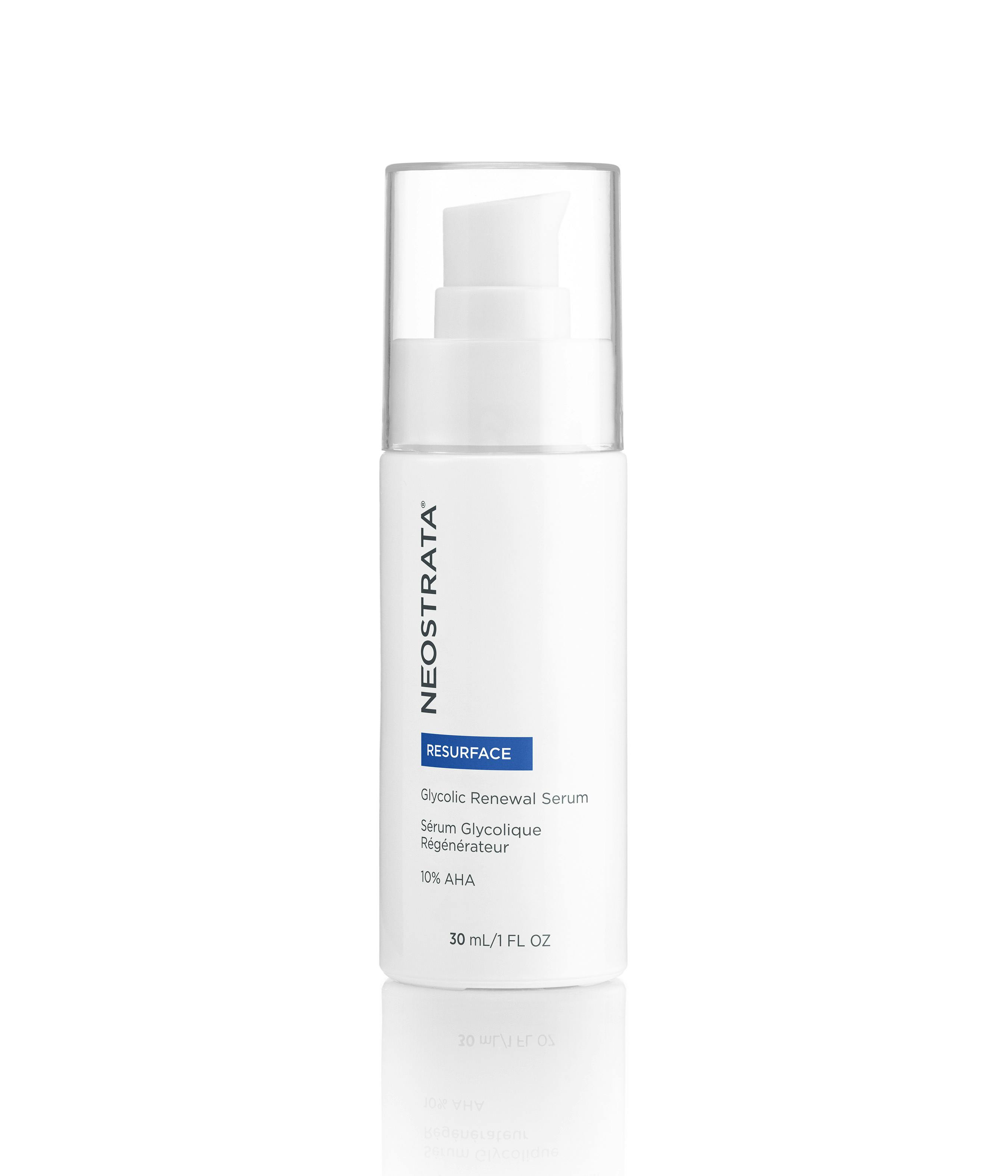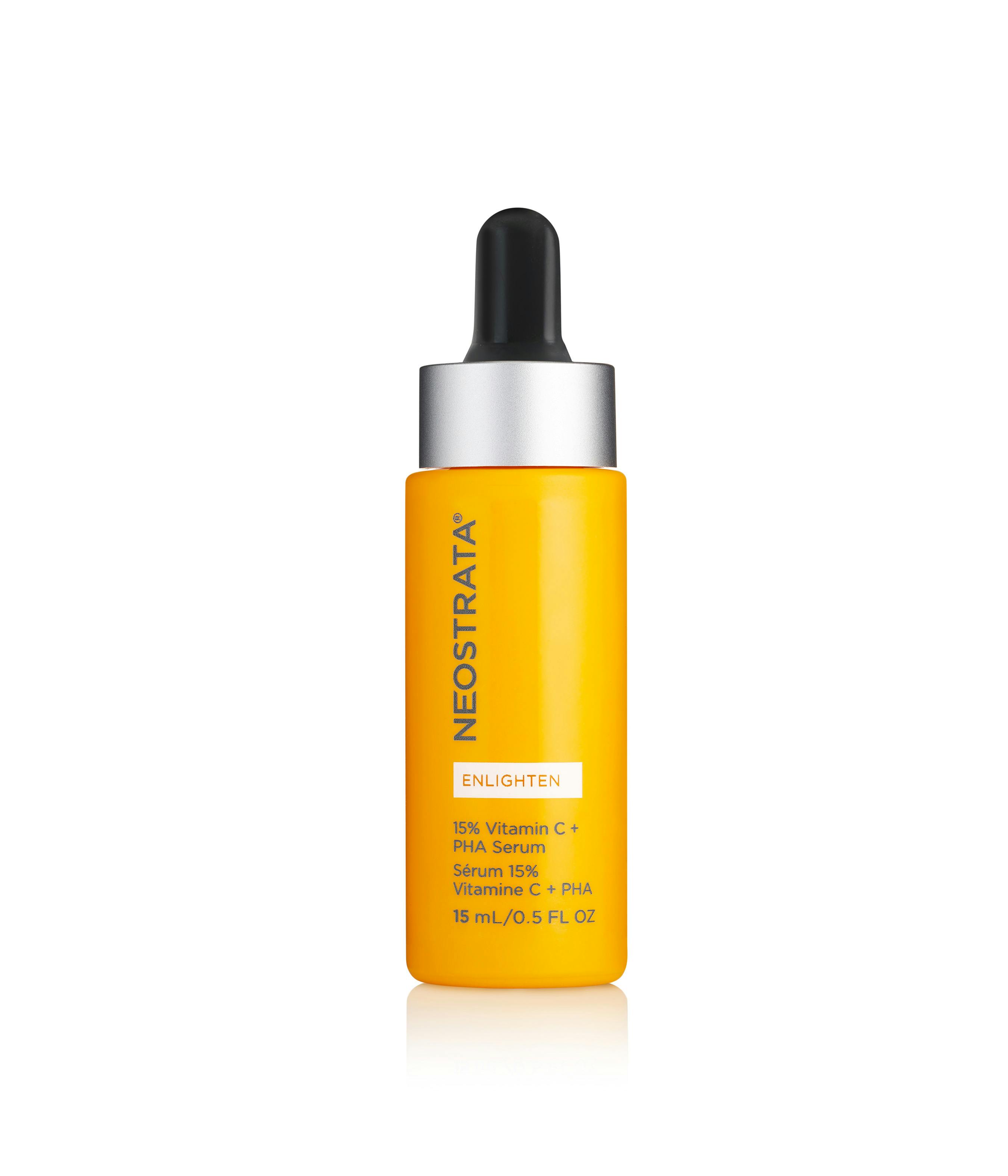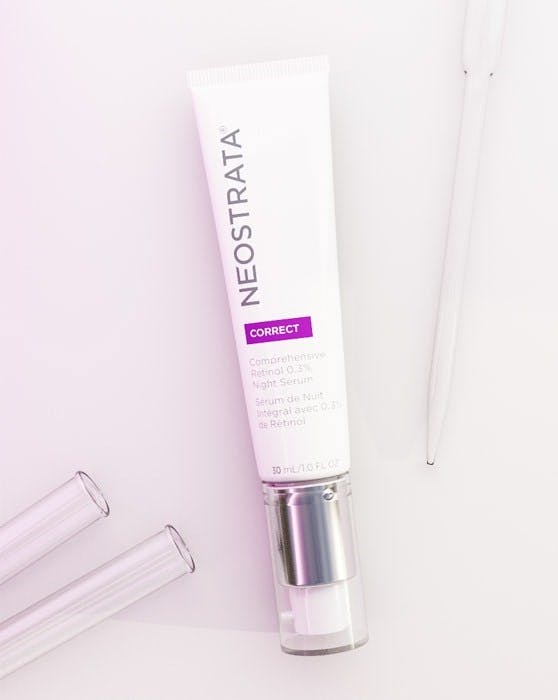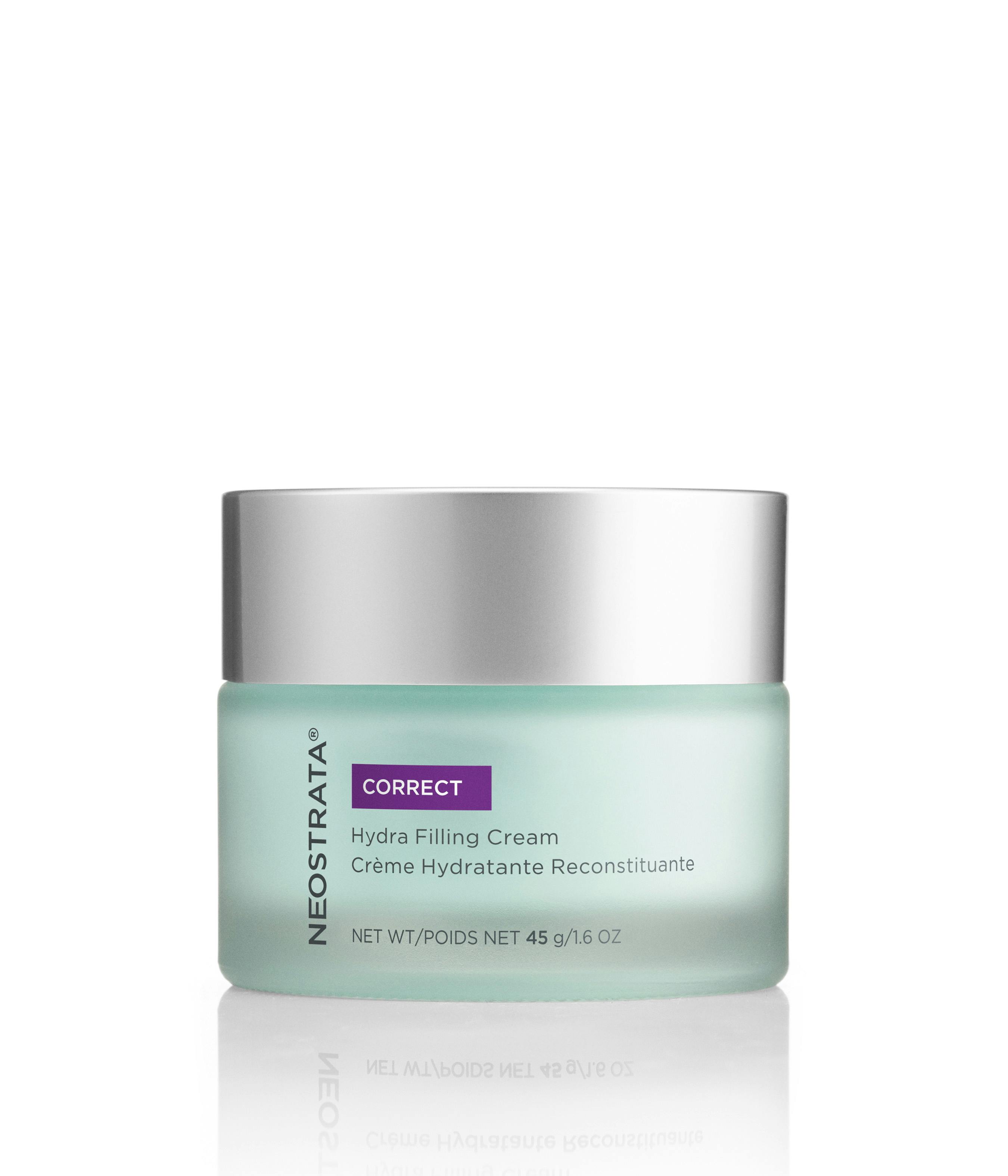Glycolic Acid. You’ve heard all the magic about its skin-renewing properties. But how can you use Glycolic Acid in your skincare routine? Read on to find out how to make the most out of this superstar skin care ingredient, and how you can avoid any irritating mishaps.
Why Use Glycolic Acid?
Simply put, Glycolic Acid is an all-star ingredient that a variety of different skin types and concerns can benefit from. By effectively exfoliating and helping to speed up skin turnover, it can take your skin from dull and uneven to bright and glowing. For more information about Glycolic Acid, checkout What is Glycolic Acid and What Are The Benefits.
How To Use Glycolic Acid In Your Skincare Routine?
Glycolic Acid Face Washes:
A cleanser is your first step to start glowing with Glycolic Acid. It is a great way to introduce your skin to the ingredient as cleansers typically have a lower percentage of Glycolic Acid than a serum or lotion.
Glycolic Acid Toner:
Glycolic Acid toners are another simple way to start incorporating the ingredient into your skincare routine if you have oily skin. After cleansing each night, just douse a cotton pad with your toner and swipe across your skin. Good to glow!
Try: Oily Skin Solution
Glycolic Acid Serum:
Once you’ve determined if your skin was able to tolerate the Glycolic Acid in a cleanser or toner, it might be time to start incorporating a serum into your routine as it contains a higher concentration of the ingredient. Since serums tend to be more potent and have a higher strength of ingredients, its best to start by using a small amount of serum and see how your skin tolerates the product.
When To Use Glycolic Acid On Your Skin?
Glycolic Acid is the ingredient of your dreams. In other words, we recommend using this skin-renewing superstar in the evenings for a few reasons. It makes your skin more sensitive to sunlight so using it at night helps eliminate the risk of causing irritation from the sun. Even though you’ll be using Glycolic Acid at night, apply an SPF moisturizer every morning and be sure to reapply throughout the day, as needed.
Can You Use Glycolic Acid With Vitamin C, Retinols, or Other Acid Ingredients?
When it comes to your skincare routine, the more powerful ingredients you pair together, the better, right? Not always. When it comes to Glycolic Acid, certain ingredient pairings are better than others. Before you start mixing and matching these potent ingredients like a mad scientist, checkout our quick reference guide below.
- Can you use Glycolic Acid + Vitamin C? This combo can help address various skin concerns, but there is a risk of irritation. Try applying your Vitamin C in the morning and your Glycolic Acid at night if your skin has already demonstrated a tolerance to the ingredients.
- Can you use Glycolic Acid + Retinol? These are two very powerful antiaging ingredients that shouldn’t be used together in the same application. But don’t feel like you need to choose one over the other! If your skin is very tolerant to both ingredients, you can try alternating the nights you use these two formulas. To learn more about this power combo, checkout Can You Use Glycolic Acid & Retinol Together?
-
Can you use Glycolic Acid + Hyaluronic Acid? This is a match made in skin care heaven. Hyaluronic Acid acts a humectant by pulling moisture into your skin, making it ideal to use with Glycolic Acid, which can be drying or irritating at times. You can opt to layer Hyaluronic Acid over Glycolic Acid or use Hyaluronic Acid in the morning and Glycolic Acid in the evening.
Try: Hydra Filling Cream
Remember, everyone’s skin tolerance is different. When introducing new products and new ingredients into your skincare routine, it should be done one at a time to ensure your skin is acclimated and responding well to the new additions.
Related Products
More Skin-formation, Right to Your Inbox!
Sign up for more skincare tips & tricks, plus 20% off your first order.



